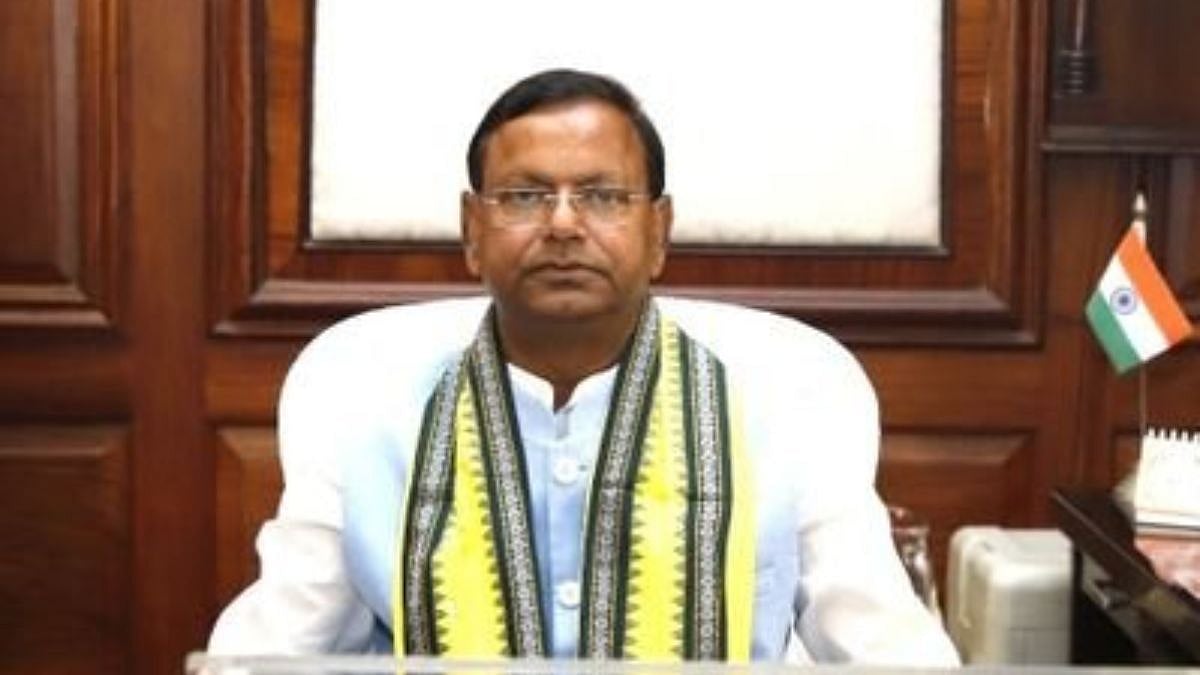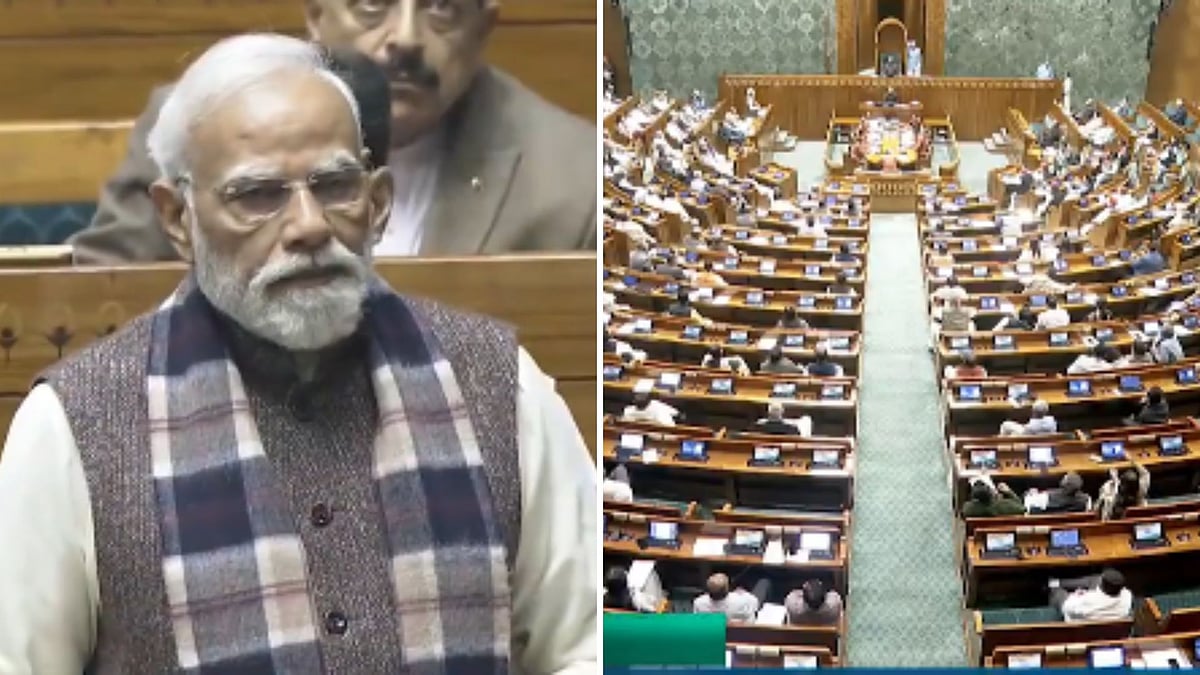The Indian health management system has never been known to be good at recording numbers, with an unstated bias towards underreporting cases, over the years and for a range of diseases.
There are indicators that this flaw continues during the raging Covid-19 pandemic. A case in point is a letter from six doctors (Doctors for Sewa) in Telangana sent to the central health team on April 30, tracing out specific cases not reported in the State’s tally, an illustration of the loose protocols on reporting Covid-19 related deaths.
There have been concerns about how the Centre itself records these numbers, given that the official narrative is that the epidemic curve will now be headed downward. The weekend of April 24, the government Empowered Committee on Medical Management predicted the end of the epidemic by May end.
Further, for some inexplicable reason, the government announced on Tuesday (May 05) that Covid-19 numbers would be updated on the Ministry of Health & Family Welfare website only once a day, instead of twice. Clearly, there is something amiss somewhere in the way the numbers are coming through.
This is alarming, not merely because the toll would be incorrectly reported but the epidemiological response will be impacted if we do not count the correct numbers or have an open discussion on what the numbers are telling us. All concerned may please note, it said, without citing any reasons. This comes alongside some carefully crafted political positioning and sometimes one-upmanship (as seen in Maharashtra and West Bengal), hyping its own role in the fight against the pandemic.
The Air Force display, showering flowers on hospitals on Sunday, May 3, was an unwanted digression from the core and burning issues of the day. Such deliberate digressions have occurred more than once previously. An important concern that needs an open and frank discussion is the number of Covid-19 cases and the puzzle they represent.
On the one hand, we have a reported death toll that is low relative to India’s population. This can lead to the argument that, even if under reported, the death toll cannot be way off the mark and that India is therefore doing well in adjusting its systems to the pandemic. We are not as bad as some of the developed nations, it might appear, for reasons we do not know or understand.
Could it be some protection acquired from the universal BCG vaccination? One advantage that may play a part is that a far younger demography weathers the virus better than other nations with more senior citizens. On the other hand, consider that India’s doubling rate at this stage might appear to be faster than what was reported in Italy.
The numbers tell us this simple tale. India increased its number of infections from 257 on March 24 to 34,863 on April 30 the period from before the lockdown began to the end of the last month. This represents a doubling of seven times. Italy increased its numbers from 1,694 on March 1 to 205,463 on April 30, a doubling of about seven times. In short, Italy had seven doubling steps in eight weeks.
India had seven doubling steps in five weeks. India was under lockdown from March 25. The growth rates of epidemic in Italy and India were the same but India is a bit faster. This observation would indicate that we are sitting ducks and will be swamped as the numbers rise.
Which brings us to another part of the puzzle of numbers reported in India. On May 4, the Union Health Minister, Dr. Harsh Vardhan, noted that the Outcome ratio (recovered vs. death) for all closed cases -- which indicates the clinical management status in the hospitals -- has improved.
He said data analysed since April 17 showed that “there is an improvement in the country compared to that prior to April 17 (outcome ratio was 80:20), while as of today it is 90:10.” This might indicate a significant improvement within a fortnight or so and needs further scrutiny. What precisely has changed if anything? We do not know.
Looked at from another perspective, the picture looks very different. According to the WHO, data for COVID-19 to date suggests that 80% of infections are mild or asymptomatic, 15% are severe infection, requiring oxygen and 5% are critical infections, requiring ventilation. These fractions of severe and critical infection would be higher than what is observed for influenza.
WHO points out that while the true mortality of COVID-19 will take some time to be fully understood, data so far indicates that the crude mortality ratio (the number of reported deaths divided by the reported cases) is between 3% and 4%. India’s death toll stands at 1,568 as of May 5.
When counting backward, it means these patients took some three weeks to reach the stage when they passed away – say a week for the incubation, a week for the symptoms to take hold and a week in hospital as conditions worsened and death followed.
So, if 1,568 is 4% of the cases, the total should be 39,200 (1,568 X 25). But three weeks ago, which is April 14, we had only 11,487 reported cases, which is only 30% of 39,200. How then do the numbers add up? If the reported cases were correct, then the mortality figure for India would be alarmingly high at 14 per cent (i.e. 1568/11487).
Clearly, there is something amiss somewhere in the way the numbers are coming through. This is alarming, not merely because the toll would be incorrectly reported but the epidemiological response will be impacted if we do not count the correct numbers or have an open discussion on what the numbers are telling us.
This is not to suggest that there is a deliberate attempt at a cover up, although biased counting cannot be ruled out either. It could be fragile system crumbling under pressure and failing to carry reports cleanly, mixed up with a resource crunch, stress and anxiety and confusing signals from official circulars on what the hospitals should do and what they should avoid.
A simple rule would be to encourage State governments to report numbers openly, freely, frankly. Those who report more can call for more help, more support, even more funds, rather than be pulled up, stigmatised or shown in poor light, irrespective of party affiliation. Let the floodgates to honest, transparent data open.
That will help us fight the pandemic better. For example, there is a circular highlighted by “Doctors for Sewa” of April 20 that asked doctors not to test samples from those who have died with clinical Covid-19 symptoms. They were previously not tested and died in hospital. That means those deaths will be reported under some other classification and the Covid-19 numbers will be lower, but why?
The consequence will be the spread of the infection because all those that the patient came into contact with, including doctors, nurses, family members, associates, will not be tested or quarantined and will not receive early alerts to seek medical advice. There must be a clear understanding that a pandemic is no time to twiddle with numbers – let us treat the disease and let the numbers reflect the true nature of the disease. That is the best way forward.








